Bullet in the bubble. Supercavitating ammunition from Norway
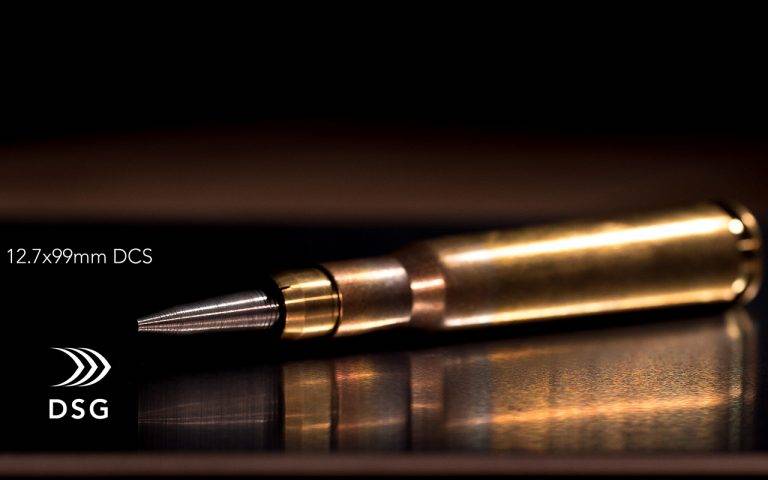
Now you can’t hide under water
Until now, there has not been a universal solution to the problem of using rifle ammunition in water and air environments. If we take the domestic APS submachine gun (special submarine submachine gun), then for all its indisputable advantages, it is not best suited for shooting in the air. Also, a special machine is not particularly effective when firing in the direction "air - water surface".
Long spoke-shaped bullets do not preserve the direction of movement when they hit the water, and sometimes even collapse. On large ammunition, the problem is solved by creating a cavitation bubble from water vapor, which significantly reduces resistance to movement in the water column. The most famous serial embodiment of this idea was the VA-111 Flurry rocket torpedo, which is driven by a jet engine. Of course, there is a lot of noise from such a device, but the ammunition moves underwater very quickly - more than 300 km / h (this is on average in 6 faster than a conventional torpedo), which seriously complicates the enemy’s retaliatory measures. By the way, the effect of cavitation itself initially brought engineers only a headache. Cavitation cavities formed during operation on the propellers of ships forced developers to create complex shapes of the surfaces of the blades that are as resistant to the harmful phenomenon as possible. For warships and submarines, cavitation creates another problem - the excessive unmasking noise of the propellers. A side effect of studying the hydrodynamics of cavitation was the discovery of the “steam bubble” effect, which markedly reduced resistance to movement in water.
In the Norwegian office, DSG Technology has developed special bullets that are not afraid of encountering a water barrier or are generally capable of working only in the water column. To realize the idea, firstly, a high specific density of the bullet was required - this was dealt with using a tungsten carbide core, which, of course, seriously increased the cost of each shot. Secondly, the special shape of the bullet toe allows you to create a vapor bubble in the liquid medium that is denser than air, which reduces resistance. This was demonstrated not only in water, but also on the example of several blocks of ballistic gelatin.
Video clearly demonstrates the helplessness of classic ammunition in the aquatic environment
The same world record - a super-cavitating bullet pierces 4 meters of ballistic gelatin
If the experimenters were not foolish with a powder charge, then the supercavitation bullet of the 7,62x51 DCC X2 cartridge was able to break through the record 4 meters of gelatin. This is 5-6 times the result of a conventional rifle cartridge.
CAV-X and others
Using the effect of supercavitation in the interests of gunshot and cannon weapons is not exclusively a Norwegian find. The Norwegian-Finnish company Nammo developed the Swimmer 30 mm munition (APFSDS-T MK 258 Mod 1) a few years ago for the United States Navy. The main objective of this weapon is the operational destruction of attacking torpedoes, or mines floating in the water column.
[media = https: //www.youtube.com/watch? v = VVDZsOhnth4 & feature = emb_logo]
Demonstration of killer power Swimmen
A barrage of automatic fire being fired from a SuW ship weapon module with the 30-mm artillery General Dynamics Mk 46 Mod. 2, will allow with a certain degree of probability to hit an underwater high-speed target. As an option, the Swimmer cannon with floating ammunition can be mounted on helicopters and successfully used to combat submarines. For this, the shell has everything: a high initial speed of the order of 1 km / s, a super-cavitating toe and a tungsten carbide core. On average, the reach of objects under water by foreign experts is estimated at 250 meters, which corresponds to the near anti-torpedo defense zone. In the United States, plans were considered for equipping similar ammunition and ground equipment involved in the protection of coastal areas, as well as important waterways.
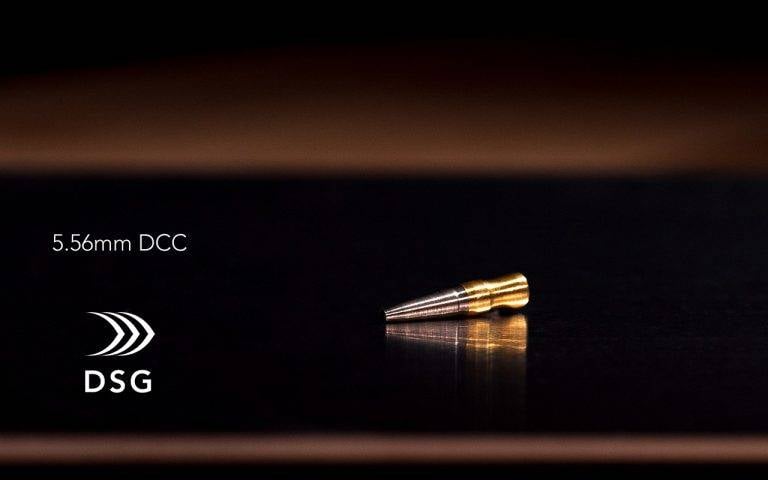
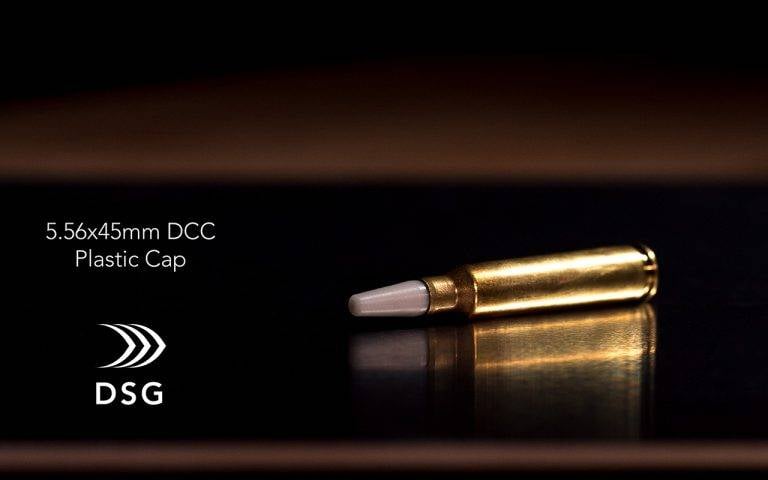
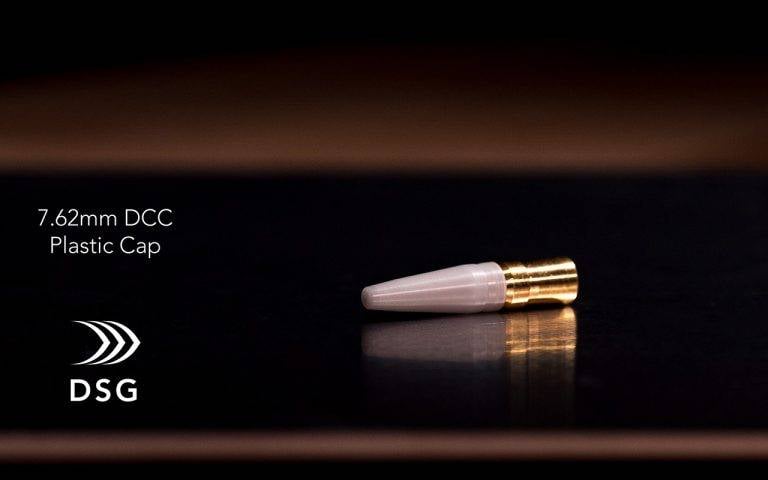
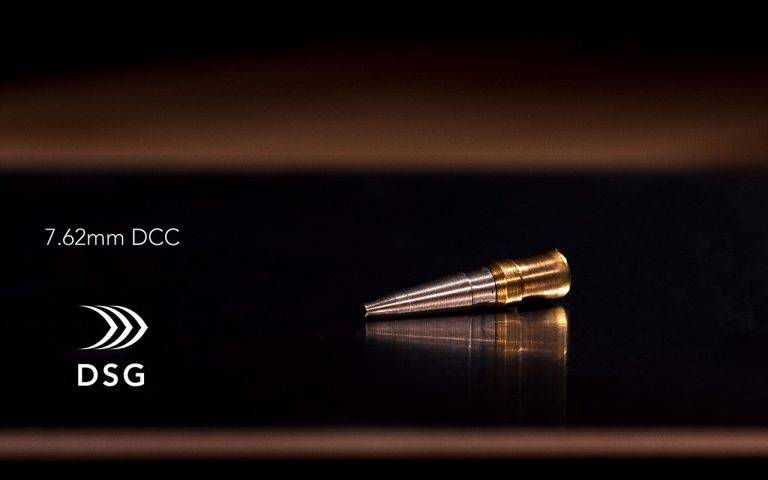
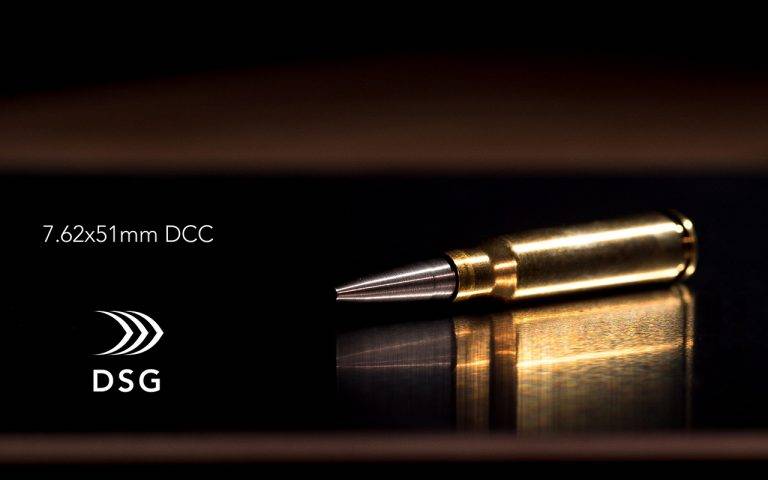
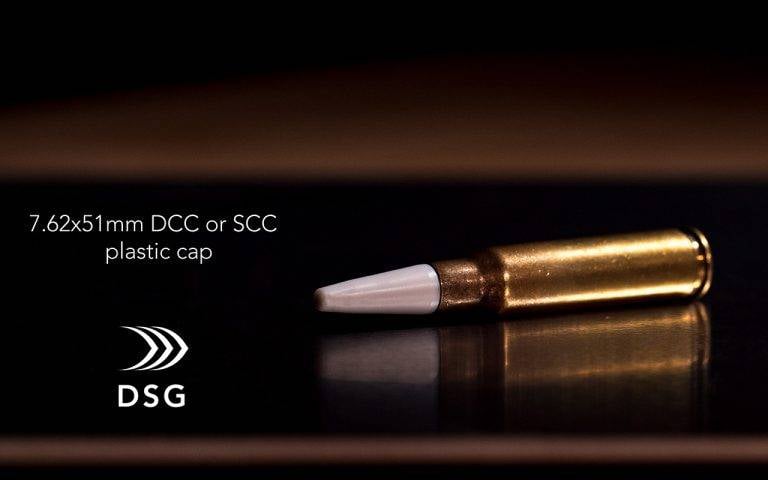
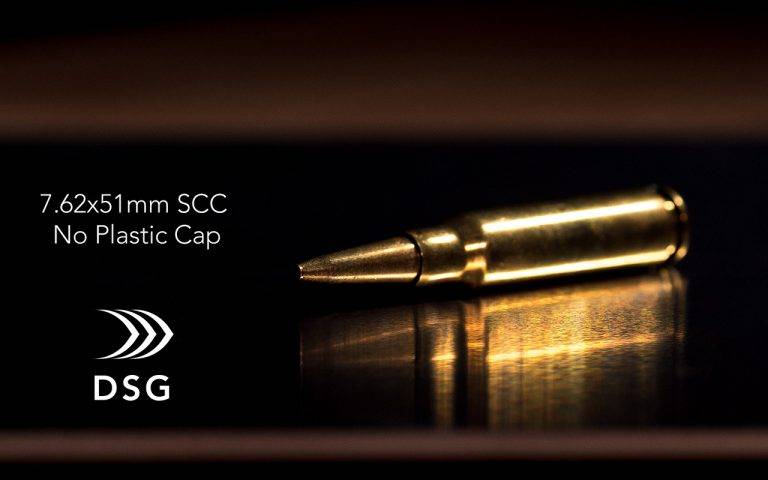
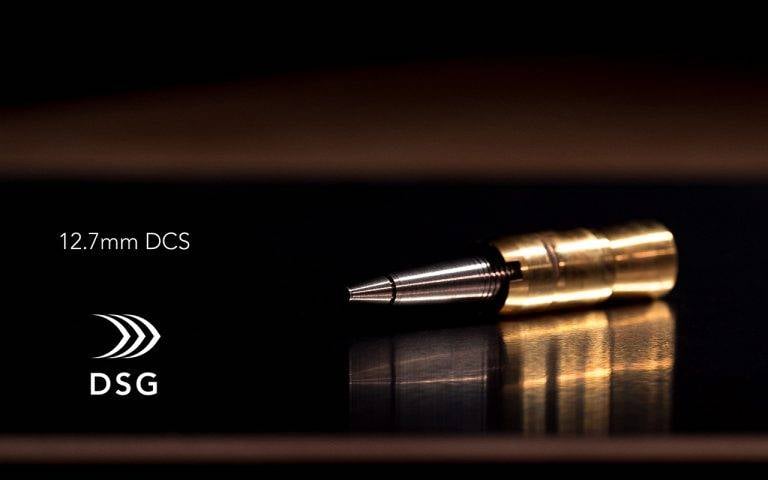

In the application to small arms, engineers from DSG Technology offer a whole range of ammunition from 5,56 mm to 12,7 mm under the general name CAV-X. Naturally, the penetrating ability in the aquatic environment progressively decreases with a decrease in caliber - for 12,7 mm - 60 meters, for 7,62 mm - 22 meters, and a 5,56-mm "floating" bullet is able to reach the enemy at a distance of 14 meters. At the same time, I repeat, the bullets are quite ready to work in the air. Currently, the US Special Operations Command is testing two modifications of the CAV-X supercavitation bullet at once - X2 and A2. In the first case, the ammunition is more versatile and sharpened for firing from the air at underwater targets. Much less than a traditional bullet, it is capable of ricocheting off the water surface at sharp angles of attack. A2 is more suitable for special forces scuba divers and is adapted for spearfishing for saboteurs, drones and attack viewing devices of underwater manned vehicles. At the same time, no special training for small arms is required - I loaded "floating" Norwegian cartridges into the store, and forward, under water. Naturally, none of the bosses of DSG Technology reveals the design details of such an effective bullet. In addition to the special shape of the toe, it is quite possible that the designers foresaw the possibility of using the powder gases of the shot. The bullet seems to be equipped with a miniature gas generator, which allows creating a steam bubble at the initial stages of movement in water. This idea was expressed on the popularmechanics.com portal, but it is not known how true it is.
Among the "side" effects of floating bullets from Norway, one can distinguish good armor penetration due to the carbide core and high penetration. We can say that the CAV-X is a kind of humane weapon of the XXI century. Everyone probably remembers the scandals in the second half of the last century related to the high invasiveness of the 5,45 mm and 5,56 mm calibers. The bullets in human flesh began to rotate furiously, then crumble into separate fragments - all this, together with high speed, left terrible wounds. There were attempts, even legislatively at the international level, to prohibit the use of such doom-doom analogues. But billions were already invested in the development of production, and ammunition remained in the arsenal. Largely for this reason, the classic bullets are so helpless against underwater targets - the bullet “thinks” that it has hit the body and begins to rotate. Supercavitating CAV-X are deprived of these advantages and will easily and easily pass the enemy through, or maybe even those standing behind will be hurt. It is clear that the stopping effect of such bullets (especially in the performance of 5,56 mm) is small. At the same time, the CAV-X turned out to be expectedly effective against targets protected by a layer of sand or other porous material - bullets do not change the trajectory of movement and are able to break through a couple of bags without catastrophic energy loss. It is possible that large-caliber bullets will be able to effectively penetrate sand-filled gabions, variants of which are already entering the Russian army (in particular, they are being tested in Syria). Another signal from far abroad that makes you think.
- Evgeny Fedorov
- bmpd.livejournal.com, dsgtec.com youtube.com
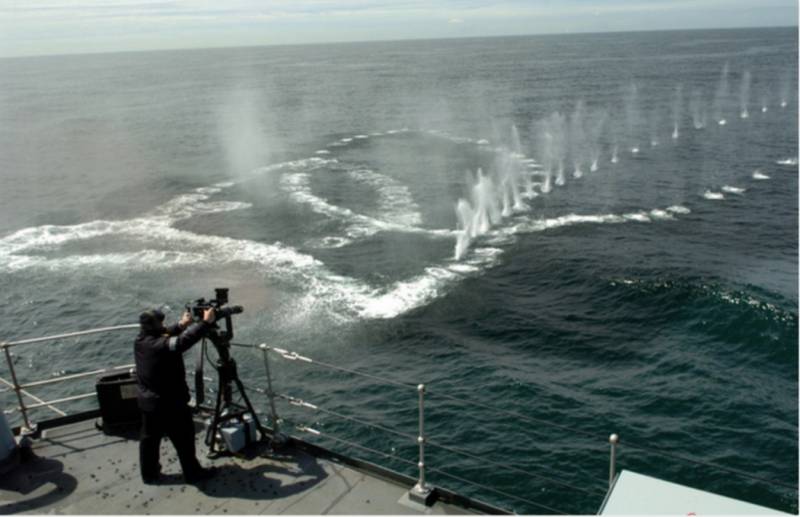
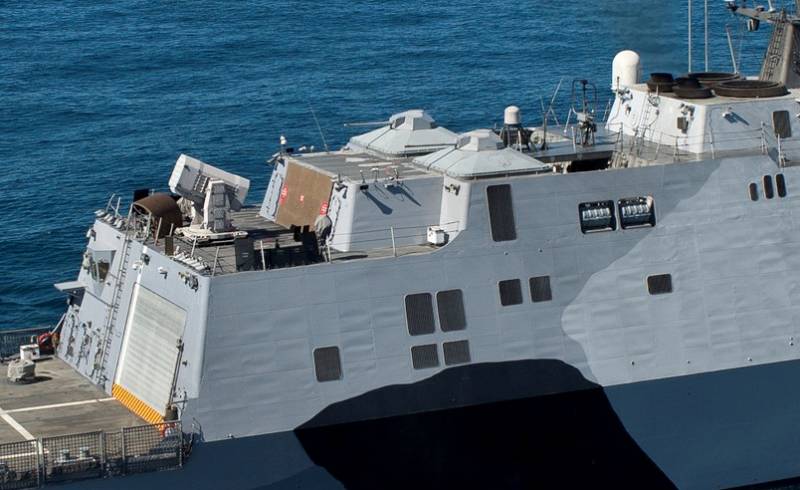
Information